The Fundamentals of Sautéed Potatoes
Quite frankly, I don't want to explain how to cook potatoes every time that I use them in a recipe. Potatoes are kind of like scrambled eggs where, once you know how to do it, you don't really need an explanation every time. "Sauté potatoes" is really the only instruction that I need for sautéed potatoes. Just dice, coat in olive oil, add a little seasoning, and toss into a cast iron skillet with a lid. Stir occasionally. Sauté until softened enough to pierce with a fork.
I also have an article on The Fundamentals of Making Mashed Potatoes, if you'd like to squish them, instead. Because there is absolutely no excuse for pre-made mashed potatoes in bags. They take 15 minutes to cook! I used to peel all of the potatoes as a small child. It's also super easy to hand a potato peeler to anyone who's looking a little too useless during the holidays. It can be done sat in front of the television or standing awkwardly in the corner of the room.
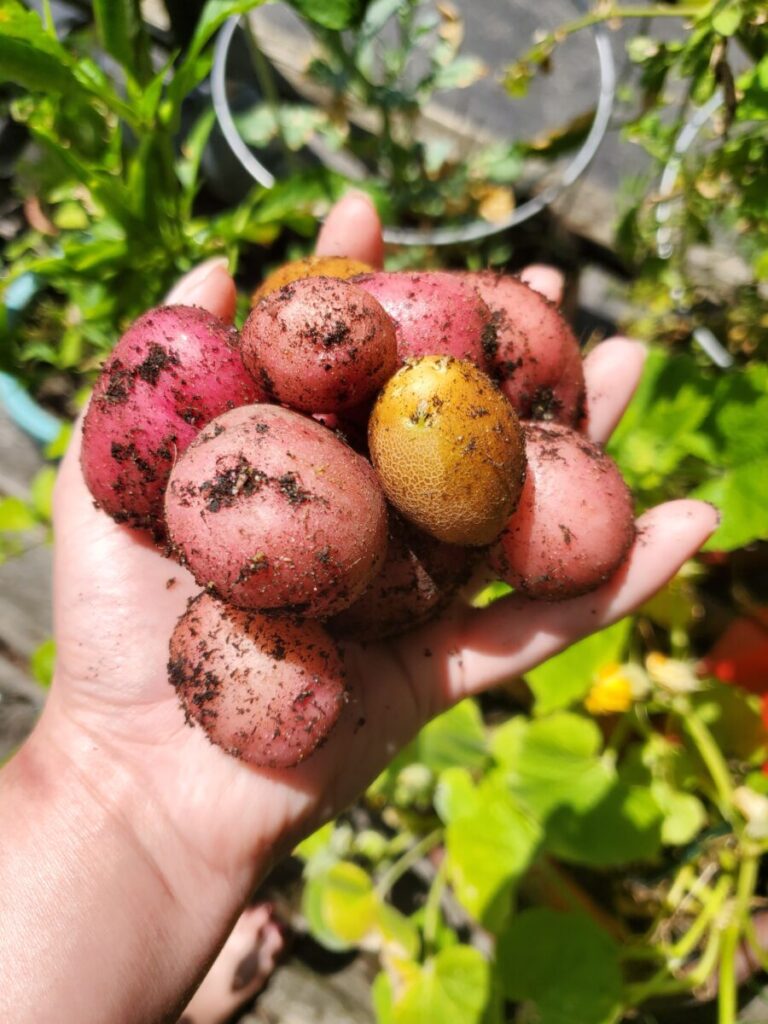
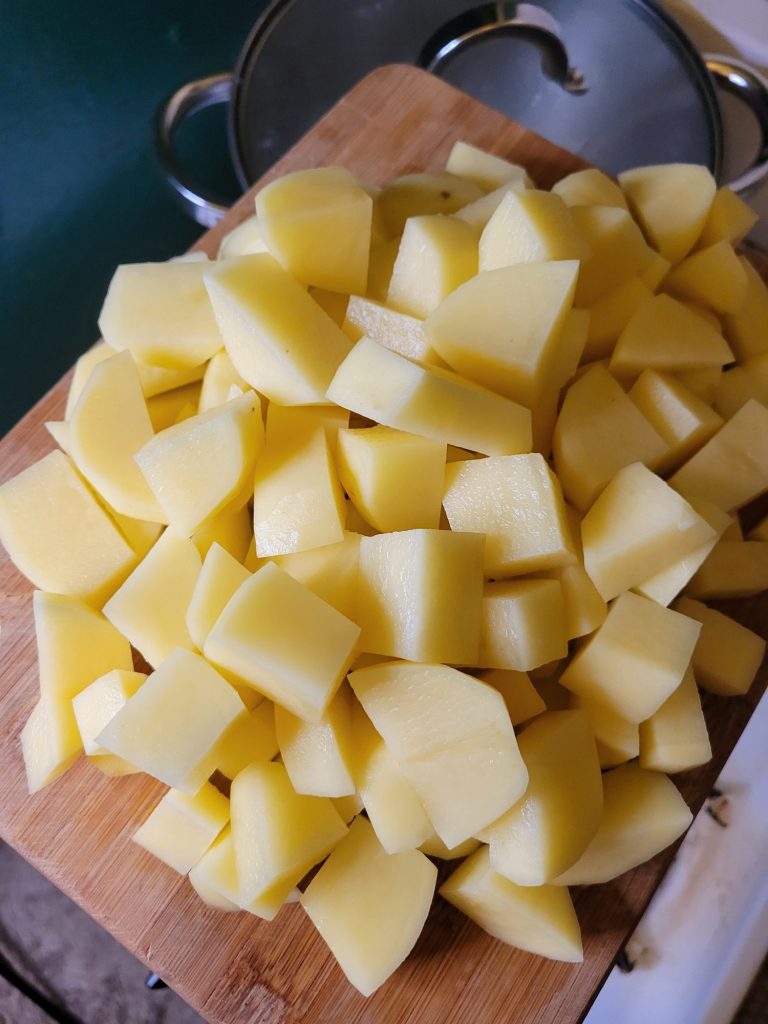
Types of Potatoes
Personally, I'm a big fan of Yukon gold potatoes. They're readily available in bulk where I live and they have a tendency to cook well in a multitude of recipes. You can use a wide variety of potatoes, though. Russet, red potatoes, purple potatoes, sweet potato, and even miniature potatoes also work just fine. You're dicing the potatoes all in roughly 1-inch cubes. So, the original size of the potato doesn't make all that much of a difference in the cooking process.
Different potatoes are going to be softer and firmer than others, requiring a different cooking time for each. Starchy potatoes and sweet potatoes don't have as high a moisture content. This means that they're going to be a little bit softer, a little bit fluffier, and require a little bit less time and oil to cook than some other potatoes. On the other hand, waxy potatoes and fingerling potatoes are going to hold their shape a little bit better and require a slightly longer sautéing time with more oil. Yukon gold potatoes are going to be your work horse potatoes in the middle that are going to kind of work for anything.
| Starchy (frying/baking) | All-purpose (frying/roasting/stewing) | Waxy (roasting/boiling) |
| Russet | White | Petite/Fingerling |
| Sweet Potatoes | Yukon Gold | Red |
| Yams | Purple/Blue | Yellow |
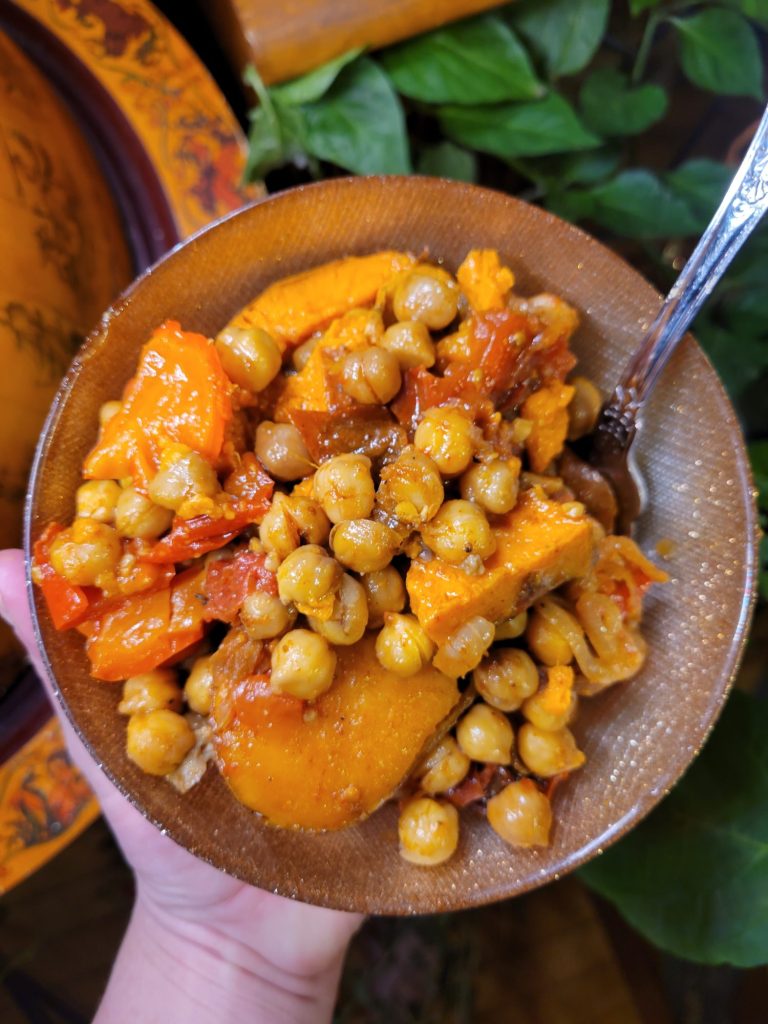
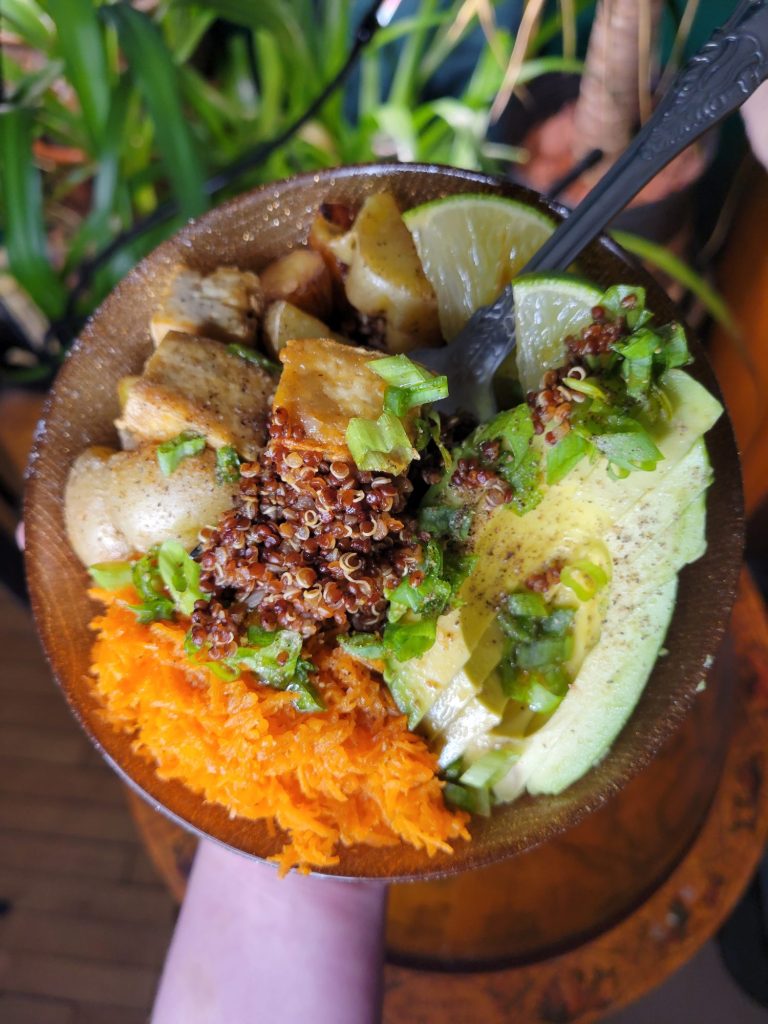
Type of Oil for Sautéed Potatoes
You heard me say it: olive oil. This might be slightly controversial because a lot of people do like roasting potatoes with a higher heat oil in order to keep the oil from smoking and burning. But you don't actually need a high-heat oil because you're not using high heat. Potatoes are best cooked slowly. So, you're going to want to use medium or even medium-low heat to cook them. This means that it really doesn't matter all that much what oil you're going to use.
You can use a different flavored oil for different flavor profiles in different recipes (i.e. sesame oil or coconut oil have distinct tastes that can be good for different types of dishes). But you're cooking the potatoes at a relatively low temperature, so don't sweat it too much. You can just toss in a splash of olive oil.
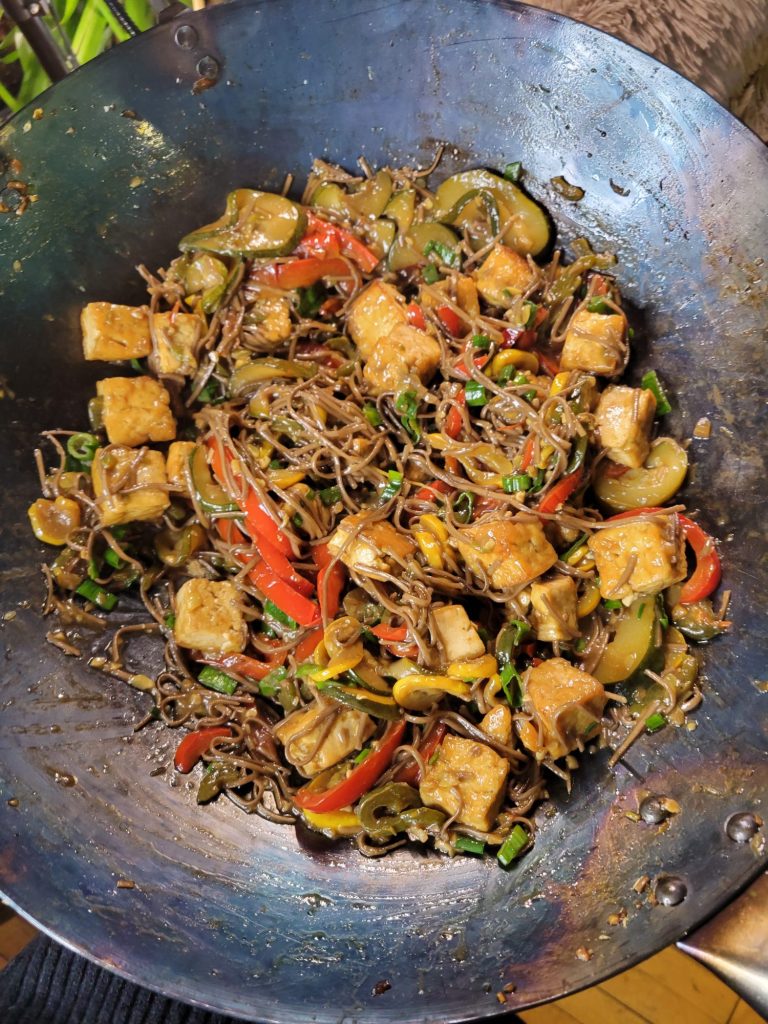
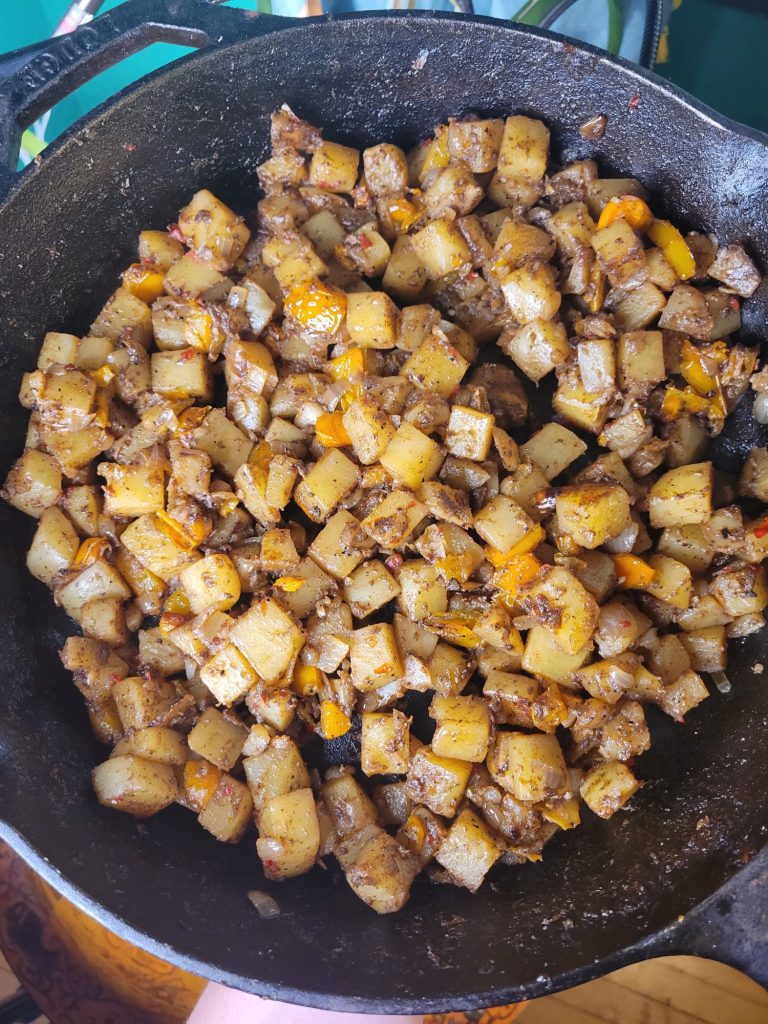
Type of Pan for Sautéed Potatoes
I like to use a cast iron skillet with a lid for potatoes. That's by no means the only way to cook potatoes. I will occasionally use a wok. Woks won't ordinarily have a lid, but they are made of a fairly thin metal that heats pretty consistently.
I would suggest not using Teflon for sautéing potatoes, though. I like to use a metal spatula for potatoes, just in case they stick to the bottom. You can't do this Teflon because it will scratch the coating off, leach Teflon into your food, and make the pan less non-stick in the future. Which defeats the purpose of using a Teflon pan because it's non-stick in the first place.
You can use a metal skillet. Although, I just find cast iron to be the easiest method here. If you don't have a cast iron skillet with a lid, you can use whatever pan you like. This isn't rocket science here. But I like the crisp that the cast iron gives you around the edges.
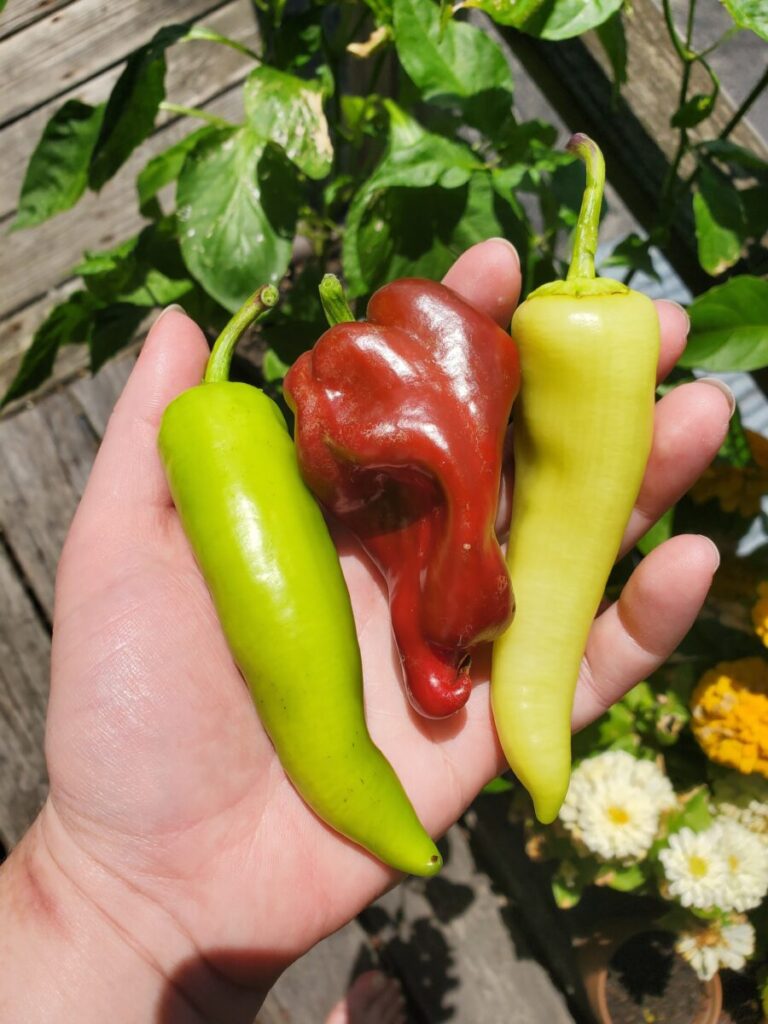
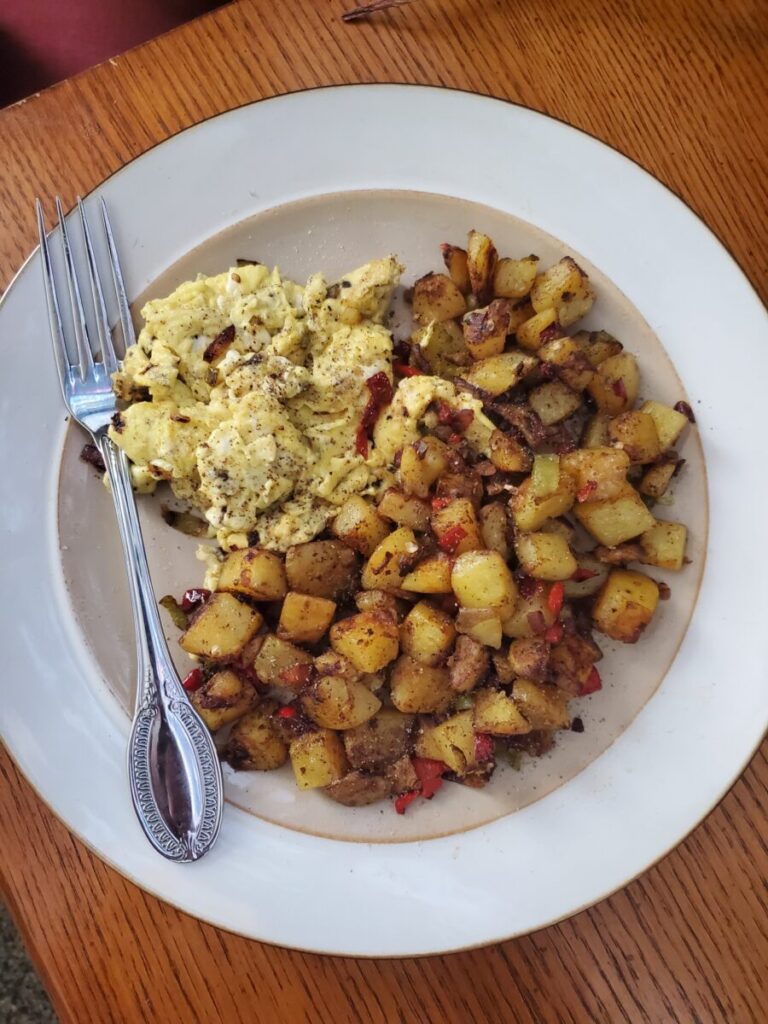
Add-Ins & Seasonings
I like to add peppers and a plethora of spices to sautéed potatoes. A lot of the time I'll use hot peppers out of my garden. Although you can mix and match any variety of produce from bell peppers and garlic to ginger and shallots. Really, anything diced or minced smaller than the potatoes that will cook in a similar time works as an add-in. Peppers, garlic, onions, shallots, ginger, turmeric, carrots, broccoli, asparagus, green beans, mushrooms, peas, Brussel sprouts, etcetera.
I would cook meat, seafood, and anything that might have a different cooking time separately and then mix together afterwards. This also goes for cheese, which is best added in after cooking and just heated slightly while stirring together. For a more pungent flavor, you can also add in things like garlic and peppers about 5 minutes before you're done cooking. This will soften them slightly, without cooking out some of that more kick in the teeth flavor that will diminish slightly during the cooking process. Although hot peppers will still have a slow burn if you add them in at the beginning.
You can also mix and match whatever spices you desire for the flavor profile that you're going for. It end to mix in a lot of cumin, coriander, smoked paprika, salt, and pepper to a variety of dishes from different regions around the world. These go pretty universally with Latin American, Italian, and Thai-inspired flavor profiles. I'll ordinarily just add in a little nutmeg, mustard, or things like rice vinegar and tamari, depending on what taste I'm gearing the recipe towards.
Gallery
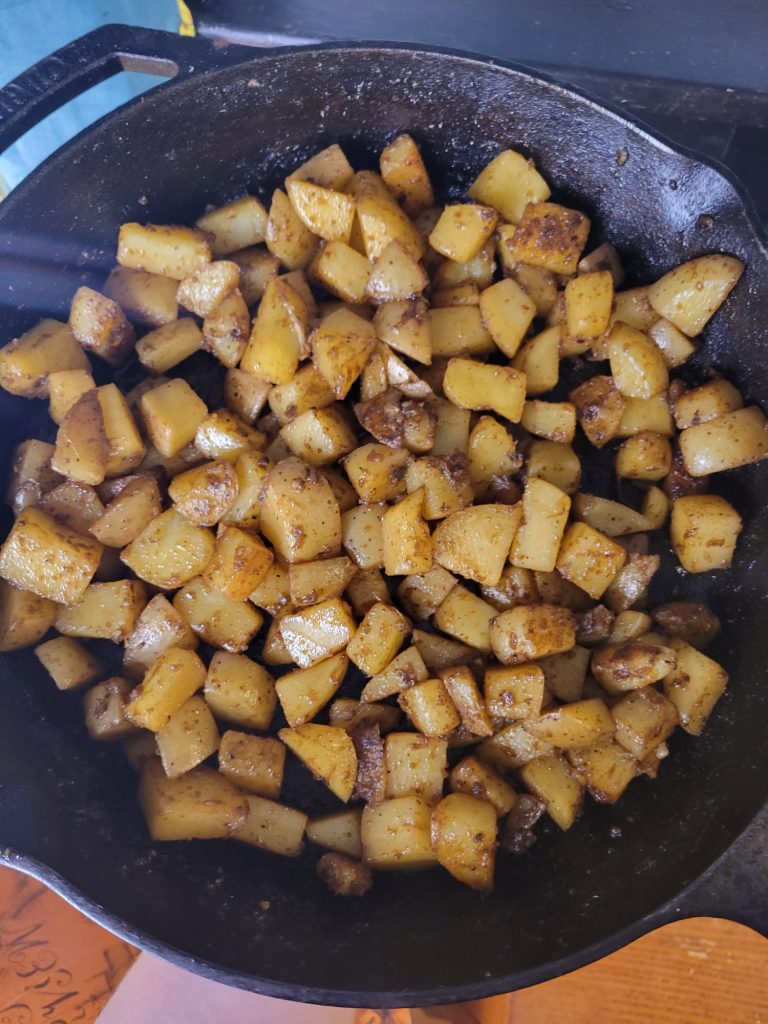
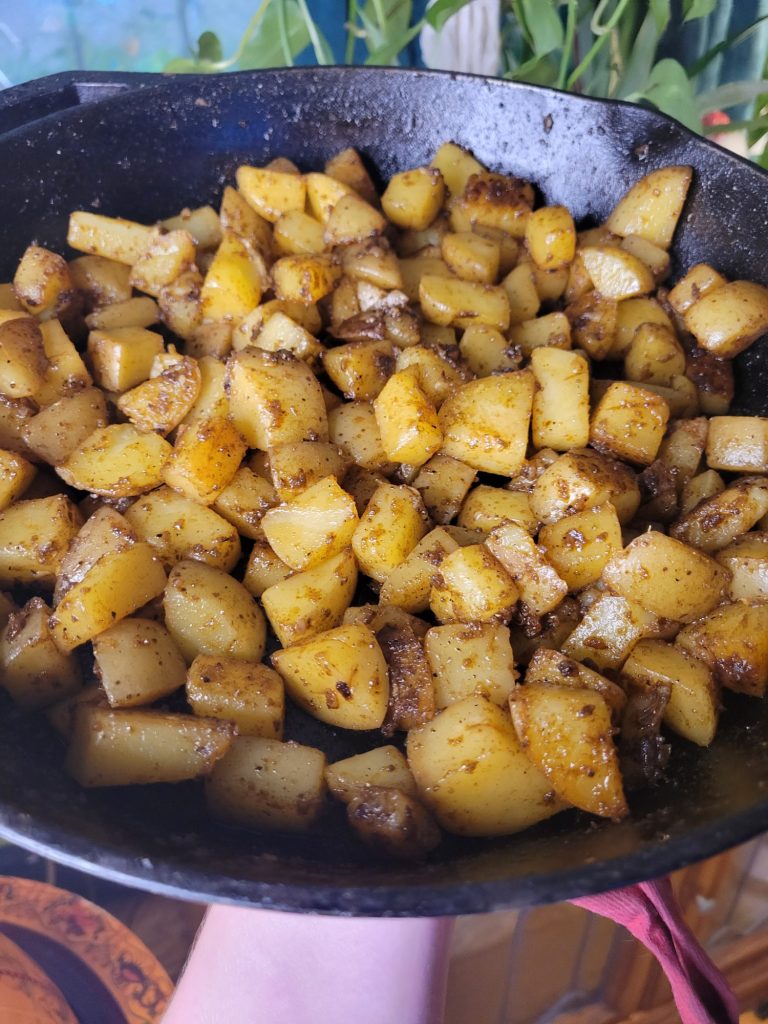
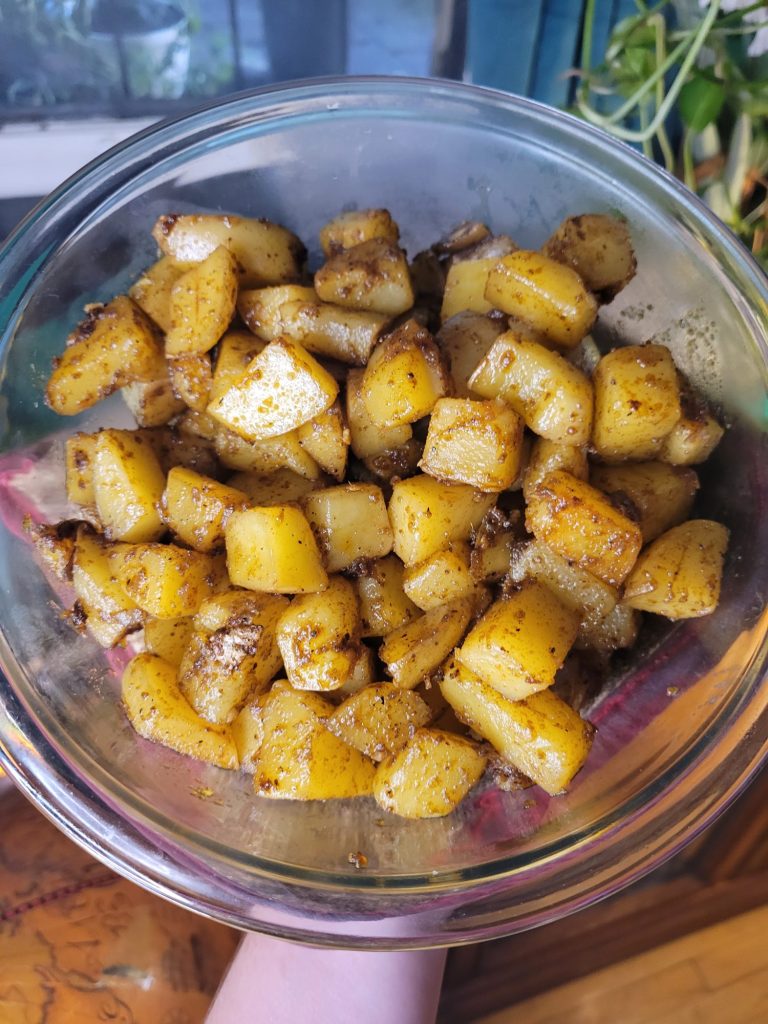
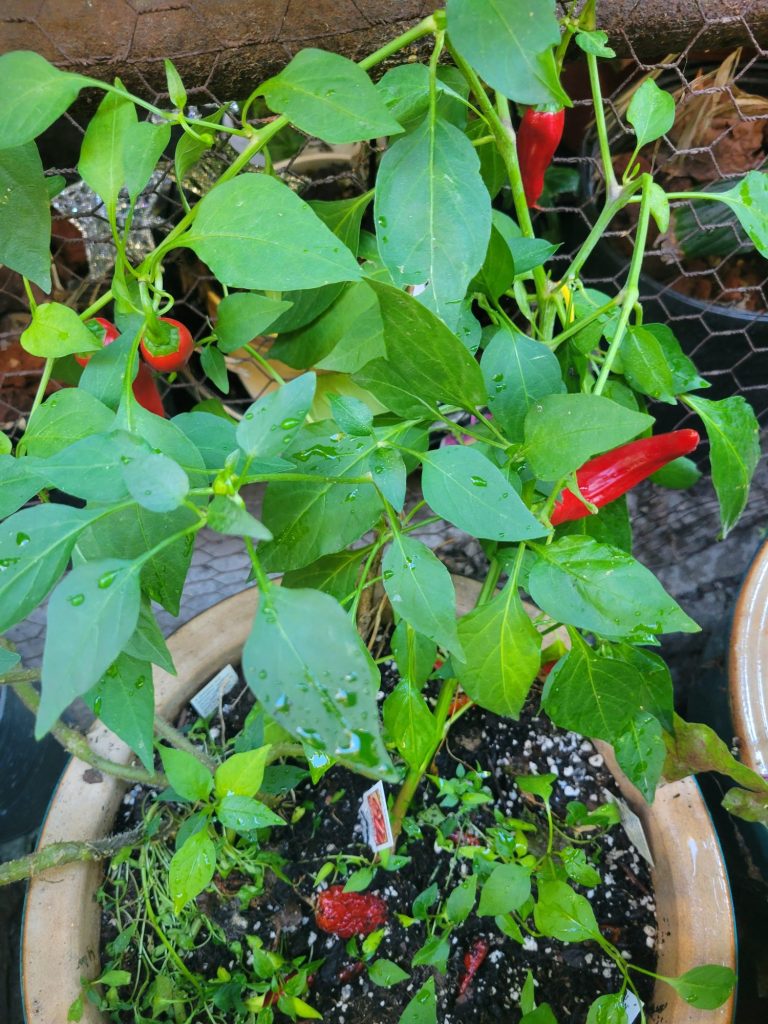
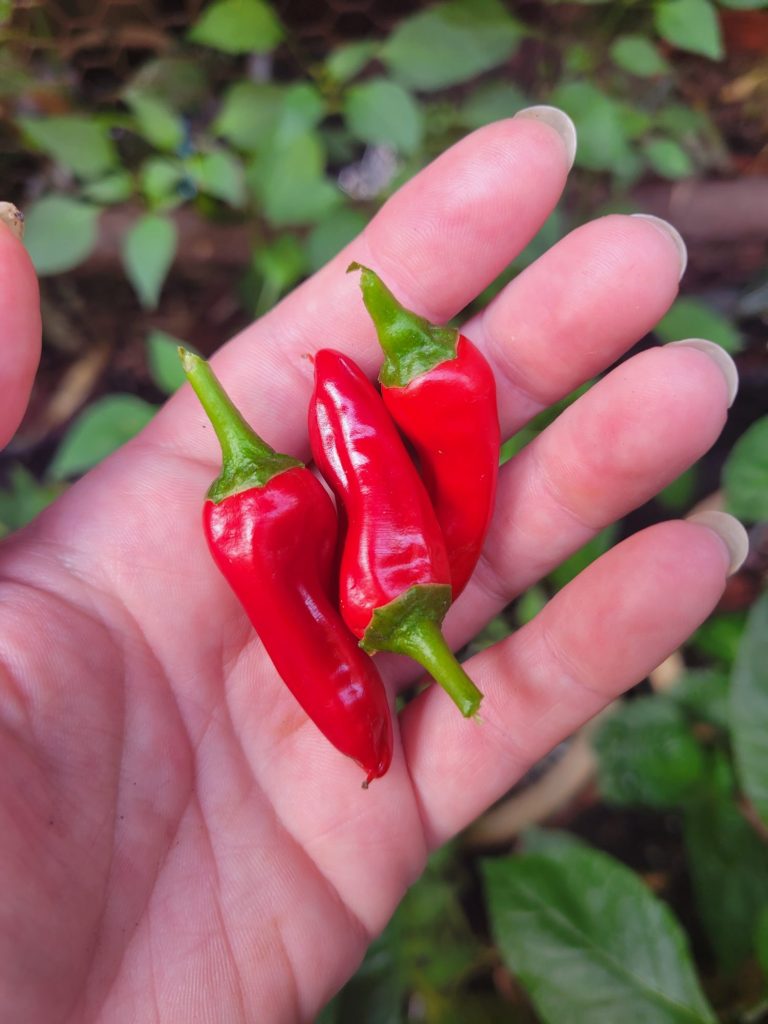

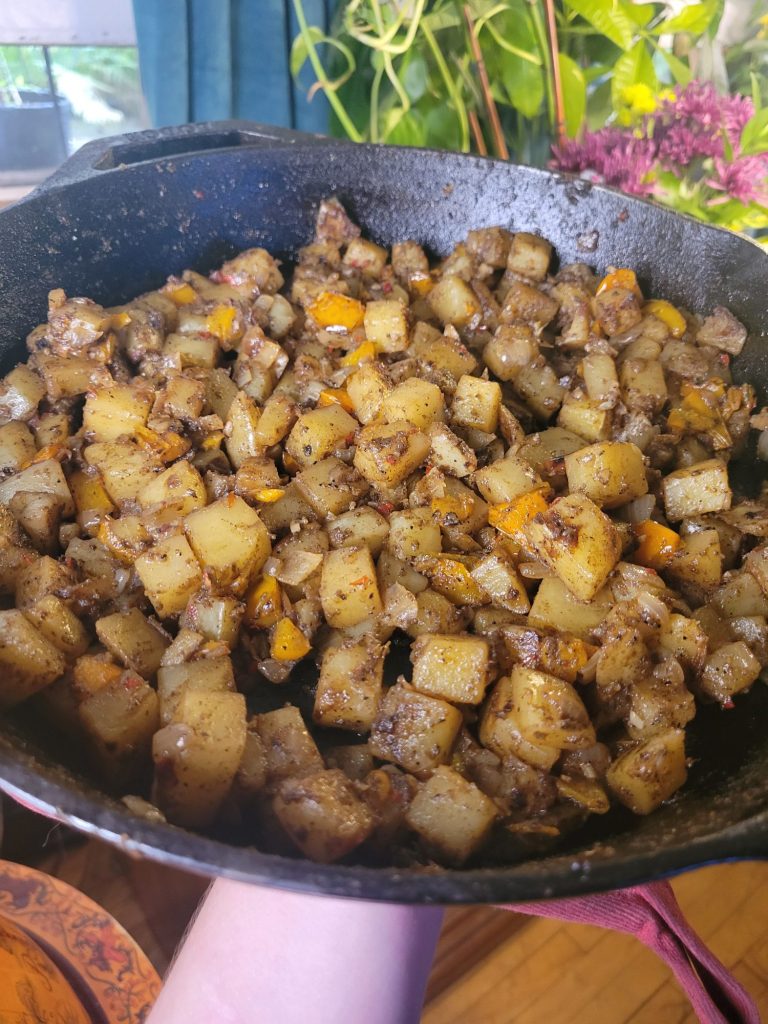
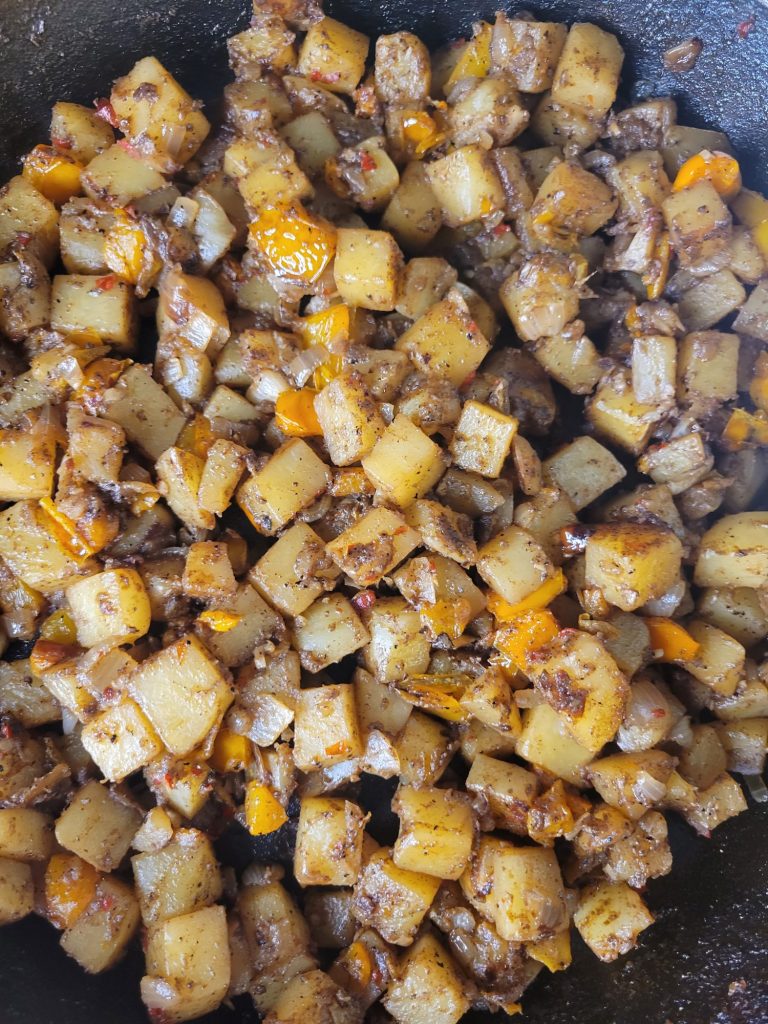
Variations of Sautéed Potatoes
There are a multitude of recipes that go well with sautéed potatoes. It's as simple as tossing a fried egg together, mixing in with a salad, or using them as the base for the entire meal. Either way, potatoes are incredibly simple to make and go with a variety of flavor profiles.
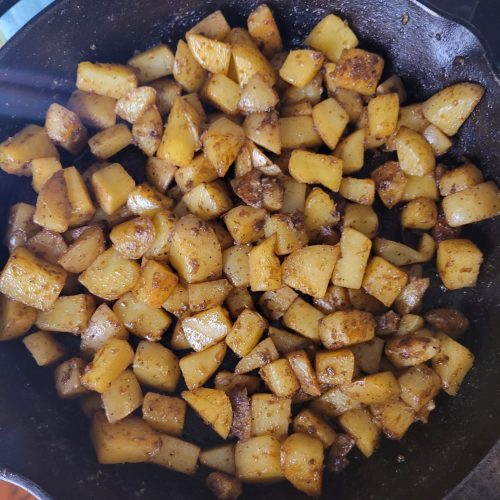
The Fundamentals of Sautéed Potatoes
Equipment
- Skillet (Preferably Cast Iron)
- Stovetop
Ingredients
- 2 lbs. potaoes diced
- peppers of choice minced (optional)
- dash spices of choice
- splash olive oil (~2 tbsp.)
Instructions
- Preheat a skillet on medium with a splash of olive oil.I like to use a cast iron skillet. If you're using another type of skillet, you might need more oil and the cooking time may vary slightly. I like to start with a very thin layer of oil, just enough to cover the skillet, and then add more as needed while cooking.
- Add all of the ingredients to the skillet. Stir to coat with oil. Cook covered for about 15-20 minutes, or until tender and lightly browned.Make sure to stir rather frequently. If it browns too quickly, add more oil and lower the temperature. If it doesn't brown quickly enough, increase the heat.Ingredients like peppers, garlic, etc. can be added in about 5 minutes before the potatoes are done for a more kick in the teeth flavor than a slow burn. Which also works well for things like spinach where you want the ingredients softened, but not cooked the entire time.
- Once cooked, add salt, pepper, and any additional spices to taste and set aside.
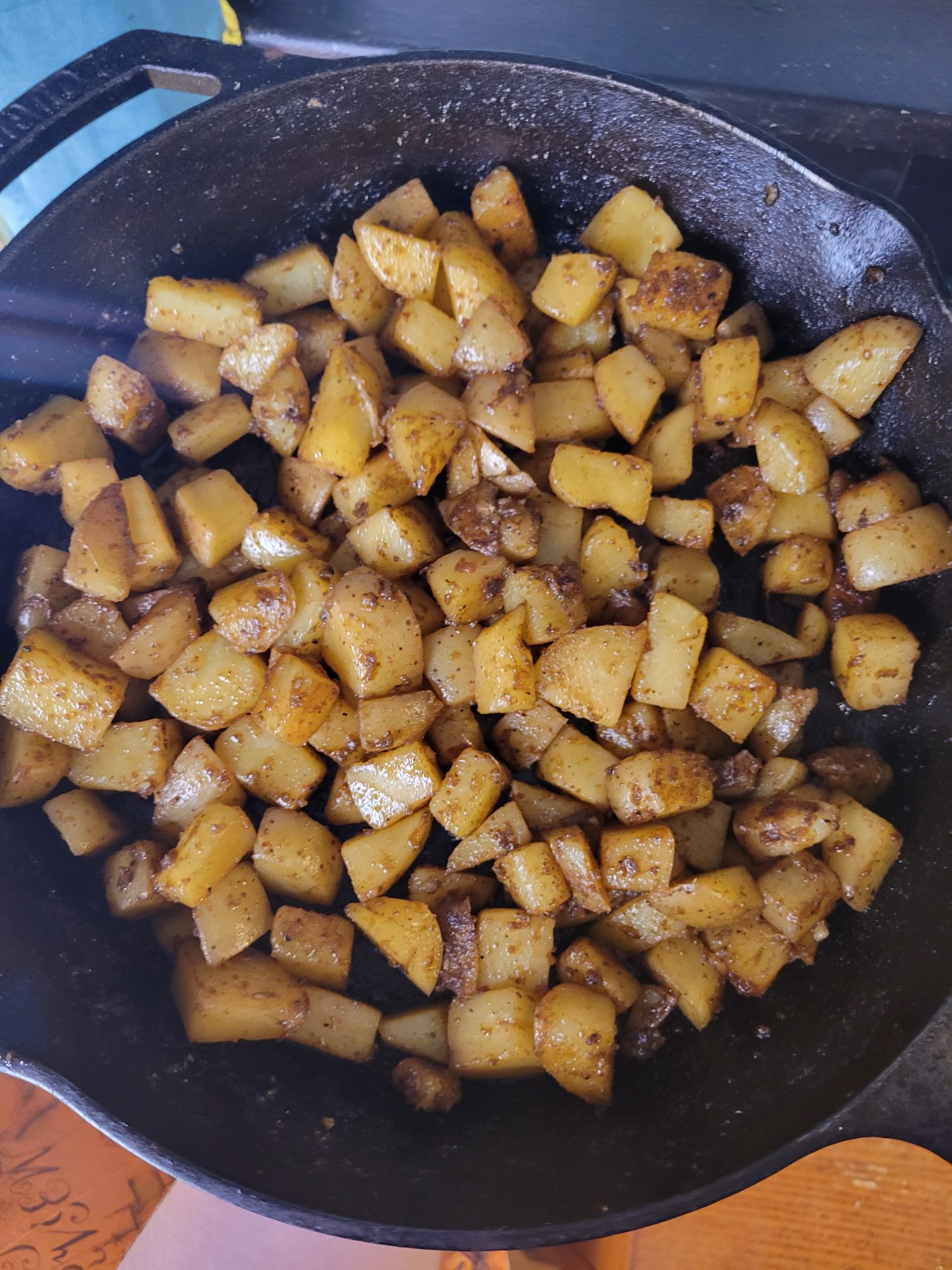
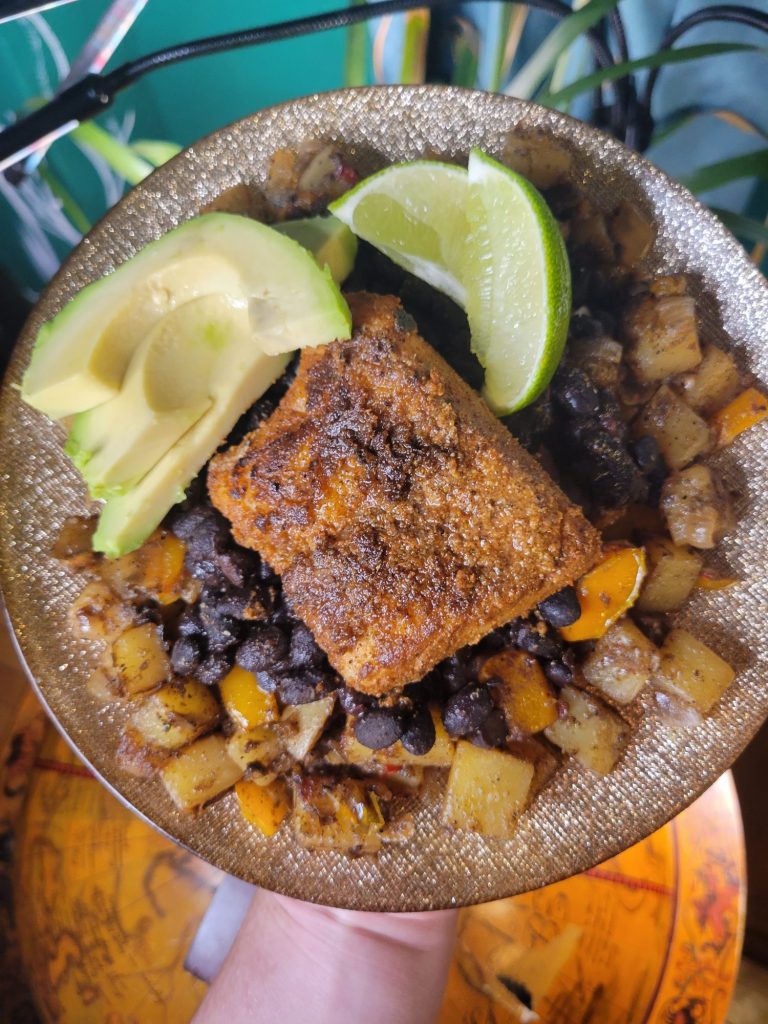
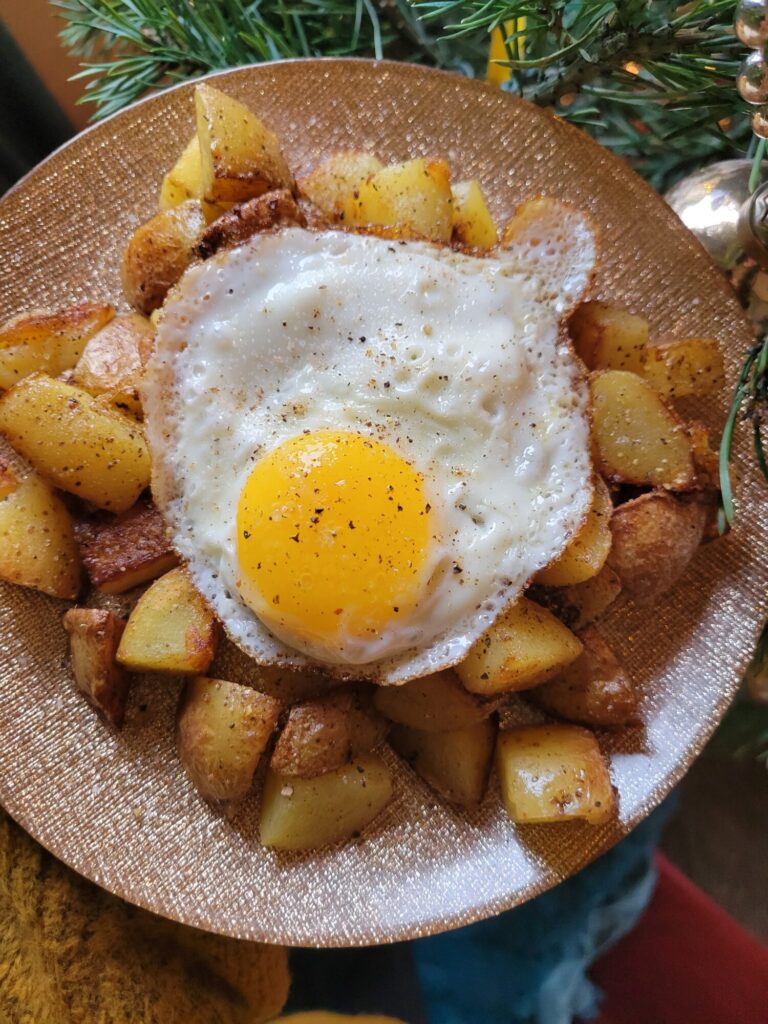
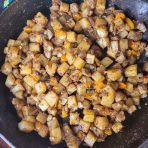
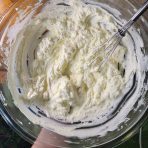

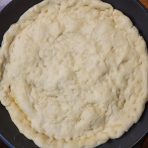
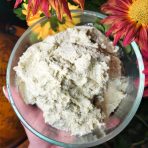

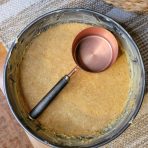

Leave a Reply